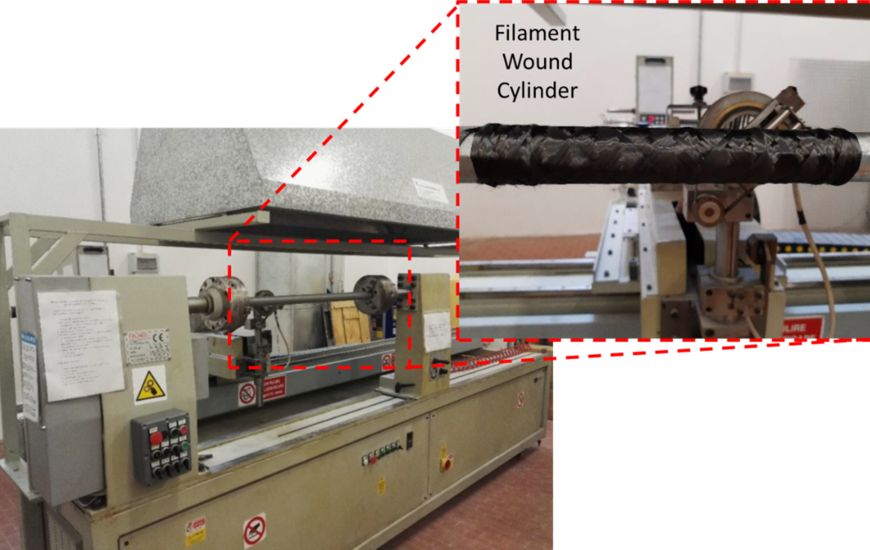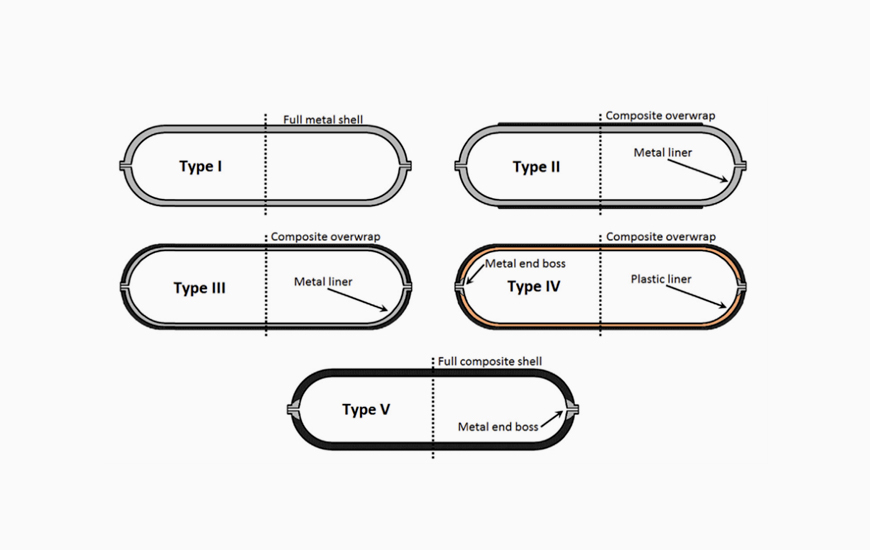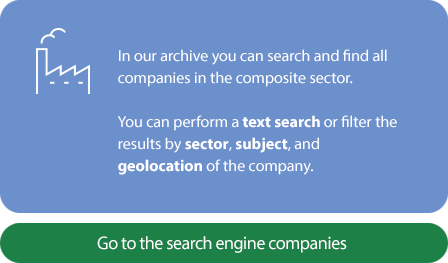by ANTONIOS G. STAMOPOULOS*
Traditionally, and in both the academic and the industrial world, composite materials are known for their superior strength-to-weight ratio and the possibility to produce components with tailored fiber direction to maximize the fiber contribution to the overall mechanical performance. This way, the components made of these materials have gained the title of ¨lightweight structures¨ and are considered as the most competitive sollution when weight reduction is needed without any expenses on the overall structural behaviour.
On the other hand, recently a huge demand for alternative fuels to replace the traditional ones for reducing the emissions and to lessen the CO2 footprint is observed.
To this direction, hydrogen is considered as an appealing solution. Especially in the field of the aviation, there has been observed a huge effort towards the H2 direction, depicted also in the recent Clean Aviation EU research calls [https://www.clean-aviation.eu/], while a growing number of research centers or companies such as the Universal Hydrogen [https://hydrogen.aero/] spend effort to produce certified solutions for mobility using hydrogen. A critical aspect though is the H2 safe storage and transportation. The existing pressure vessels have operational pressures up to 350 bar, however, for reasons of sustainability, higher pressures are demanded up to 500 bar.
The Type I is completely made of metal with a pair of domed cells, Type II is the evolution of Type I incorporating an external composite overwrap (wound with hoop winding) to increase its structural integrity. On the other hand, the Type III incorporates a metallic liner with a composite overwrap in various angles (polar, helicoidal and hoop winding) that receives more than 70% of the applied loads. The Type IV consists of a plastic liner that serves as the storage room of the hydrogen and, at the same time, as a mandrel for winding the composite overwrap. The significant difference between them is their weight, in fact the types III and IV are ideal for mobility purposes since they weight far less. From all the above configurations, the Type V pressure vessel is the only one not certified by an international standard so far while Types I to IV are fabricated to be consistent with the ISO 11439 standard.
To produce the abovementioned pressure vessels, the filament winding process is considered as the most simple and versatile. It consists of a rotating mandrel (in this case the liner) where a moving head deposits prepreg composite material. There can be used thermosets or thermoplastic based composites, based on the requirements.
Moreover, there can be produced tubes or tubular shapes such as the one seen in Fig.2.
The University of L’Aquila is participating in one of the projects in this scientific sector (Smart Tow Winding) under the coordination of COMEC Innovative srl, where a 360o study is currently being conducted for improving the impregnation and the winding of these structures with the collaboration of three laboratories (Mechanical Technologies, Measurements, Applied Chemistry). The advantage of the filament winding machine that is present in the university premises is the fact that can deal with both prepregs or impregnate the fibers before their deposition to the mandrel. The goal is to propose smart solutions after having understood the process in terms of quality of the final product and automation that can contribute to the fast design-to-manufacturing procedure.
It is evident the need of certified and versatile sollutions for achieving the desired transition to more ecological fuels, to increase the safety and to achieve a certain level of circularity of the storing structures. In this case, the composite materials appear as an appealing solution, and they give a huge boost to the transition to the hydrogen era. The requirements are well-defined, the sollutions have been proposed and the scientific community, hand in hand with the industrial sector, is working towards this direction.
Fig. 1: Typical types of pressure vessels for storing and transporting liquids under pressure [ISO 11439: 2013: gas cylinders e high pressure cylinders for the on-board storage of natural gas as a fuel for automotive vehicles. International Standards Organisation (ISO) 2013.]
Fig. 2: The 5-axis Filament Winding machine that is present in the University of L’Aquila
* Dr. Mechanical and Aeronautical Engineer/RTD/Lecturer
Department of Industrial and Information Engineering and Economy (DIIIE)
University of L’Aquila
-

-
13 March 2023























